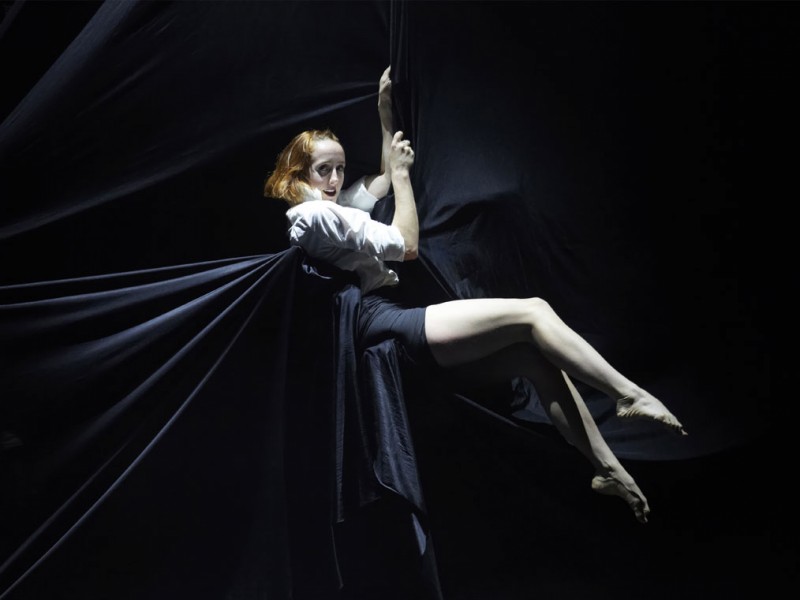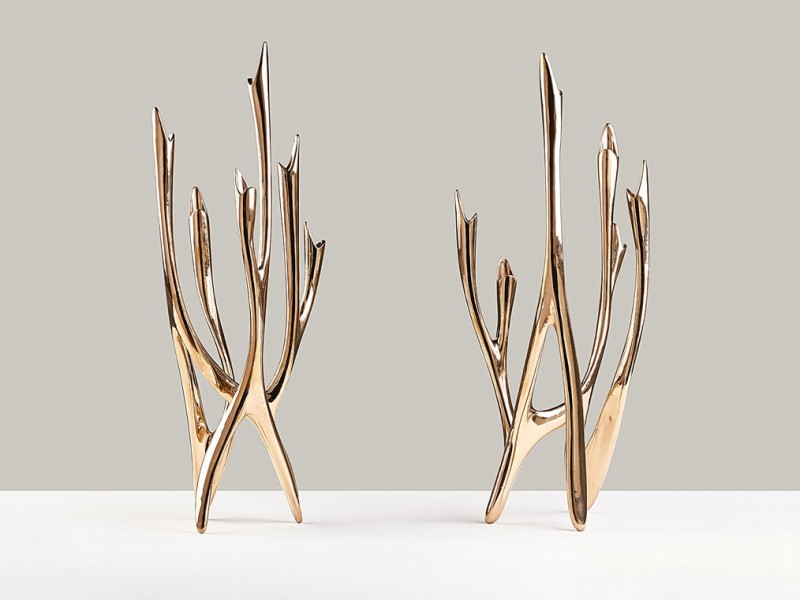Fergus McCaffrey presents Matthew Barney, Carolee Schneemann, Kazuo Shiraga, and Min Tanaka at their Tokyo location, opening October 15th. Exhibiting together for the first time, this selection of visionary artists seeks to prompt cross-generational insights, from East to West, into the physicality that underscores the act of artmaking.
Beginning with Kazuo Shiraga’s historically groundbreaking performance; Challenging Mud (1955) is the original intersection between dance, performance, painting and sculpture. Existing solely as documentation, the work foresaw the importance of archiving the body as a tool for expression, and the need to develop new systems for capturing immaterial variables such as time and space. This animating drive, alongside its archival challenges, is articulated in the shared expressions of Kazuo Shiraga, Matthew Barney, Carolee Schneemann and Min Tanaka.
Inspired by Jiro Yoshihara’s radically experimental Gutai movement, whose group he joined in 1955, Kazuo Shiraga began exploring the weightiness and viscosity of oil paint and mud via direct applications using his hands, fingers, and feet. Fusing performance and paint, Shiraga generated theatrical panoramas that highlight the manipulation of matter as a process that activates the entire body. Suspended from a rope supporting his weight, he immersed himself into the act of painting—deploying large amounts of wet material, all the while directing his efforts in a controlled choreography. The surface of the rarely exhibited painting featured in this exhibition, Hiruko (1992), is equally a testament to the decades-long occupation of Shiraga’s unprecedented mapping of the artist’s bodily trajectory; physically skidding, straining, and improvising, as to produce motion and energy that can be traced back to his earliest experiments on paper from the late 1950s.
Min Tanaka shares Shiraga’s explorations of sensorial adjustment, a psycho-physical investigation redefined in relation to what philosopher Pierre-Felix Guattari expressed in his 1984 homage to Tanaka—as “A dolphin of the darkness. At the feet of the miracle in Japan.” Documented in Yamanashi during Covid-19 isolation, Tanaka’s 15-minute homemade film captures an emotionally charged, and physically nuanced, choreography aptly reflecting the surrealism of the current shared global condition. Tanaka’s gentle but rigid arrangements reveal his local environs, the Body Weather Farm in the mountain town of Hakushu, which, since 1985, has accommodated a community of dancers who tend to the land, the animals, and the ancient farmsteads housed within this countryside prefecture. Moving between the communal and the personal, Tanaka’s precise movements are centered on an abandoned stage, erected the year prior to the farm’s establishment, and offered back as an homage to artist Noriyuki Haraguchi (1946–2020) who aided in its partial construction.
Recognized primarily as a performance artist, Carolee Schneemann’s process was in fact underpinned by her commitment to painting as the merged action of image and image-maker. Her 2018 retrospective at MoMA PS1, Kinetic Painting, highlighted performative collaborations such as Meat Joy (1964), in which human and non-human actors—the artist herself, plastic, poultry, fish and rope—fall between score and invention to create unexpected arrangements. At Fergus McCaffrey Tokyo, Schneemann’s Up to and Including Her Limits (1975–2008), performed several times in public in the 1970s, and finally executed, privately, in the artist’s studio in 2008, is directly in conversation with post-war American action painting. Schneemann imbues this male dominated arena with a keen understanding of the history that had hitherto excluded women from its participation. Suspended in a tree surgeon’s harness, controlling her movements by rope, which lowers and raises the apparatus, the artist launches herself to generate a “drawing variant”—an enveloping web of pencil crayon —so that her “entire body becomes the agency of visual traces, vestige of the body’s energy in motion.” Up to and Including Her Limits is accompanied by footage of the public performances (1974–76), edited together by the artist.
Born a generation after Schneemann, Matthew Barney has long committed himself to producing work in which the body is employed as an instrument pitched against duress and resistance. The DRAWING RESTRAINT series, begun in the 1980s and continuing today, is a progression of filmed actions, drawings, sculpture and photographs; an interrelation between artmaking and athletic training insofar as the artist himself is met with, and must overcome, self-imposed obstacles in his drive towards artistic output.
DRAWING RESTRAINT 9 (2005)—encompassing a feature film, and a series of large sculptures and photo suites—is the result of the artist’s inspiration by, and research into, Japanese culture, focusing narratively on its relationship to transformation. The controversial factory whaling ship is the film’s main character, with The Cabinet of Nisshin Maru (2006) a DRAWING RESTRAINT 9 artifact emphasizing the embodied nature of the vessel. This sculpture, on-view in the current exhibition, functions as a self-contained vitrine; a single casting of the key narrative elements of the film: a ship anchor, the nozzle of a hose, and flensing knives yielded by the story’s protagonists, the Occidental Guests (played by Barney and musician Bjork), in their flaying of one another in the transformative conclusion of the film. The Cabinet is attended by a photo suite of portraits of the ship and her crew—characters captured in the act of casting sculptures on the whaling ship’s deck, under the instruction of their captain, the artist himself.
Together these artists frame a vision of artmaking that challenges the established art historical lexicon of form, matter, and structure, and unearths a shared language of human embodiment articulated through dance, performance, painting and sculpture. Barney, Schneemann, Shiraga and Tanaka each express, in their varied approaches, a personal philosophy of dynamic corporeality, staging the physical body as a vehicle for what Guattari calls “a thither side of the outline called Story; a body without organs.”
For more visit: fergusmccaffrey.com
Related Features
-
669
-
-
-

